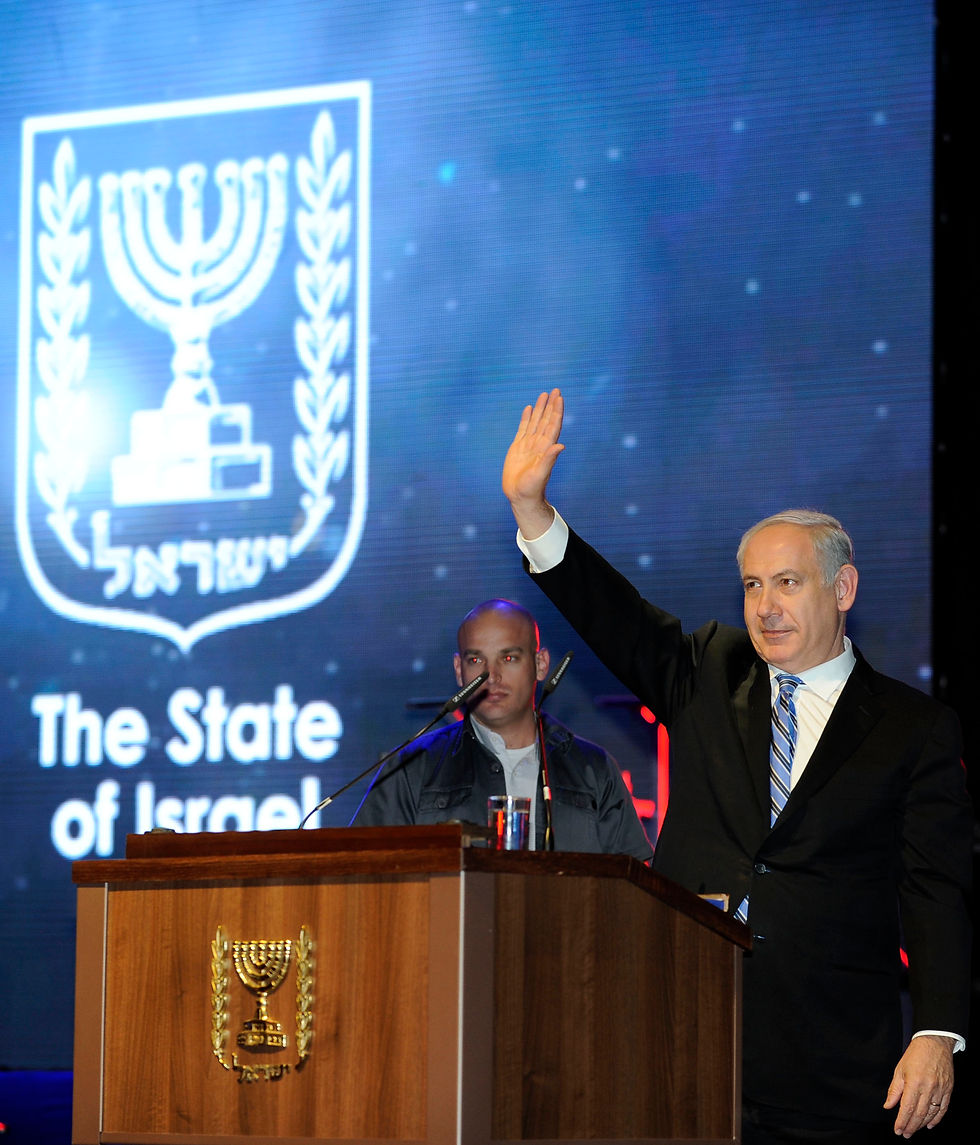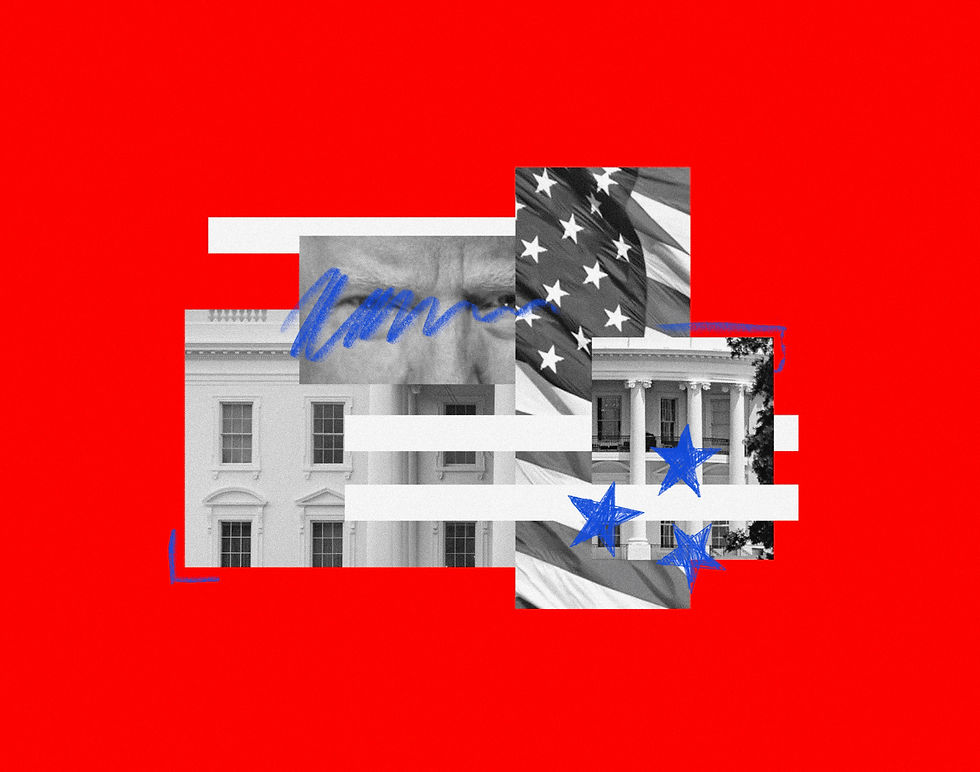Universal Church, Divided World: The Global Stakes of the First American Pope
- Jake Sanders

- May 13
- 4 min read

The papal conclave having concluded with the election of Pope Leo XIV, a dichotomy of sorts appears to be taking shape. Speculation over how Leo will lead the world’s 1.4 billion Catholics has seen the new pontiff unhelpfully straitjacketed into being either conservative or progressive. For whilst popes have certainly had their own personal views on where dogma sits with social issues, ultimately there is only so much room for spiritual reform within a 2000-year old institution said to be founded by Jesus Christ himself. As such, arguments about awarding pontiffs the appropriate political labels appears largely irrelevant. What is relevant however, will be Pope Leo’s shaping of the Catholic Church’s direction on more earthly matters.
Perhaps the most obvious measurement of the Church’s global influence can be found within its diplomatic or ‘soft power’. Whilst Rome no longer possesses the temporal powers which gave it the right to rule over much of central Italy, it has been remarkably successful in retaining its sway over international affairs. Through a network of embassies known as Apostolic Nunciatures, the Holy See has established official relations with 184 states and secured permanent observer status at the United Nations.
Arguably though, the true source of its influence over international relations is concentrated within the Holy Father himself; demonstrated most effectively under the pontificates of Saint John Paul II and indeed the late Francis. Whilst their own personal charisma alleviated the Church’s diplomatic weight, it was largely their stances on global crises which cemented Rome’s geopolitical relevance into the 21st century. The Vatican’s relationship with the United States served as the cornerstone of this. From undermining Communism, to the normalisation of US-Cuba relations and its continued support for peace between Ukraine and Russia, Washington and Vatican City have built a critical partnership which Leo XIV will need to maintain. A small miracle then that he happens to be the first American pope in history.
Despite these favourable conditions however, the unpredictability of Pope Leo’s ‘foreign policy’ should not be discounted. Whilst mainstream media have prematurely envisioned a Leo-Trump clash, lazily writing him off as simply Francis 2.0 and a so-called ‘anti-Trump’ figure, His Holiness’s previous remarks condemning gender ideology may embolden MAGA as the culture wars rage on. Meanwhile, his denouncement of Trump-Vance immigration policies and calls for action on climate change may well weaken his US relationship. Pope Leo may also interpret America’s cultural battleground, and personal experience living there, as a potential focus of his papacy, seeking ways to unify a divided society around a common humanity. Ultimately, there will likely be opportunities for both disagreement and accord, yet with an estimated 53 million followers in the United States there remains genuine potential for Rome to expand its impact on the most influential nation on Earth.
Whether a similar level of influence can be achieved in the rising superpower of China is doubtful – though it should certainly be an area of focus for the Church given rising evangelisation. There is no doubt however that Pope Leo will at some point need to consider whether or not to renew the Vatican’s controversial agreement with Beijing, effectively allowing the People’s Communist Party to appoint bishops, subject to a papal veto. Though seen as a compromise, vocal criticism from Cardinal Zen that the deal undermines religious freedom and is a “betrayal” of Chinese Catholics, is likely to grow louder in the face of growing authoritarian crackdowns in Hong Kong and Xinjiang. Moreover, China’s appointment of two bishops, following Pope Francis’s death and therefore without papal approval, signals that this relationship could well sour. With the persecution of minorities and general repression continuing to rise, Pope Leo may find that the deal becomes increasingly toxic and untenable. This could result in less cooperation with Chinese authorities, and instead to intensified criticism of the regime’s human rights breaches and further support for lay preachers.
Finally, there comes the question of managing the Catholic Church’s growth in the global south, as opposed to the steady decline in its European heartland. Already, data points to Catholicism’s centre of gravity relocating towards the African and South American continents, predicted to grow the Church to at least 1.6 billion by 2050. Though respect for the papacy’s moral authority in the West will likely continue, its direct influence over populations and ideologies, such as what was witnessed with John Paul II in the Cold War, may lessen. The opposite may be true in the southern hemisphere, with the Church taking a larger role in conflict resolution, particularly in places facing ethno-religious and climate change-driven strife. Pope Leo, with his strong connection to Peru, may well see the Vatican as moving in this direction, with more appointments of cardinals from the global south being reflective of this change.
Ultimately, Pope Leo faces numerous challenges as pontiff, the greatest being securing the Church’s influence in a world both more receptive to its voice, and disinterested in it. All the while, Rome will need to ensure that its presence does not become the source of conflict itself, as groups vie to use it to further their own ideologies. Despite these problems, Pope Leo may well choose to step up to the plate and engage in a way never seen before, to realise his predecessors’ vision of a truly ‘universal’ Catholic Church throughout the world.
Image: Wikimedia Commons/JacobTheRox
No image changes made.
.png)



Comentarios